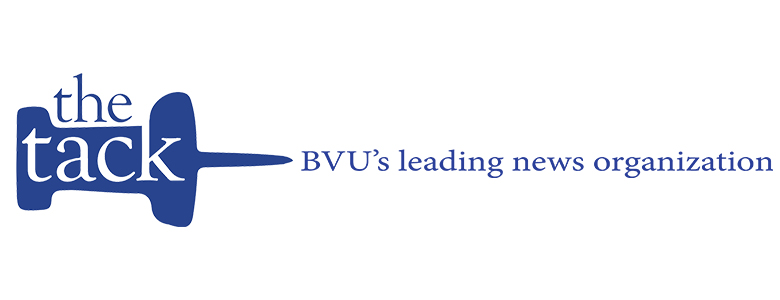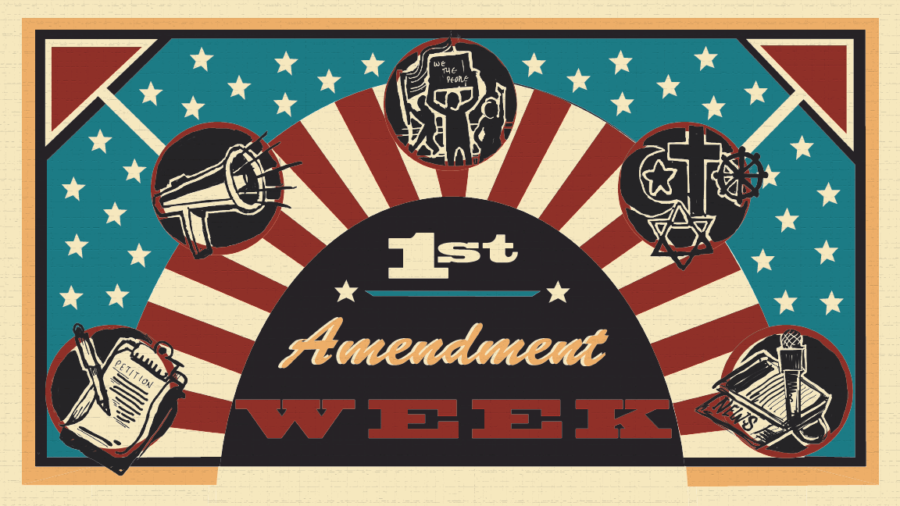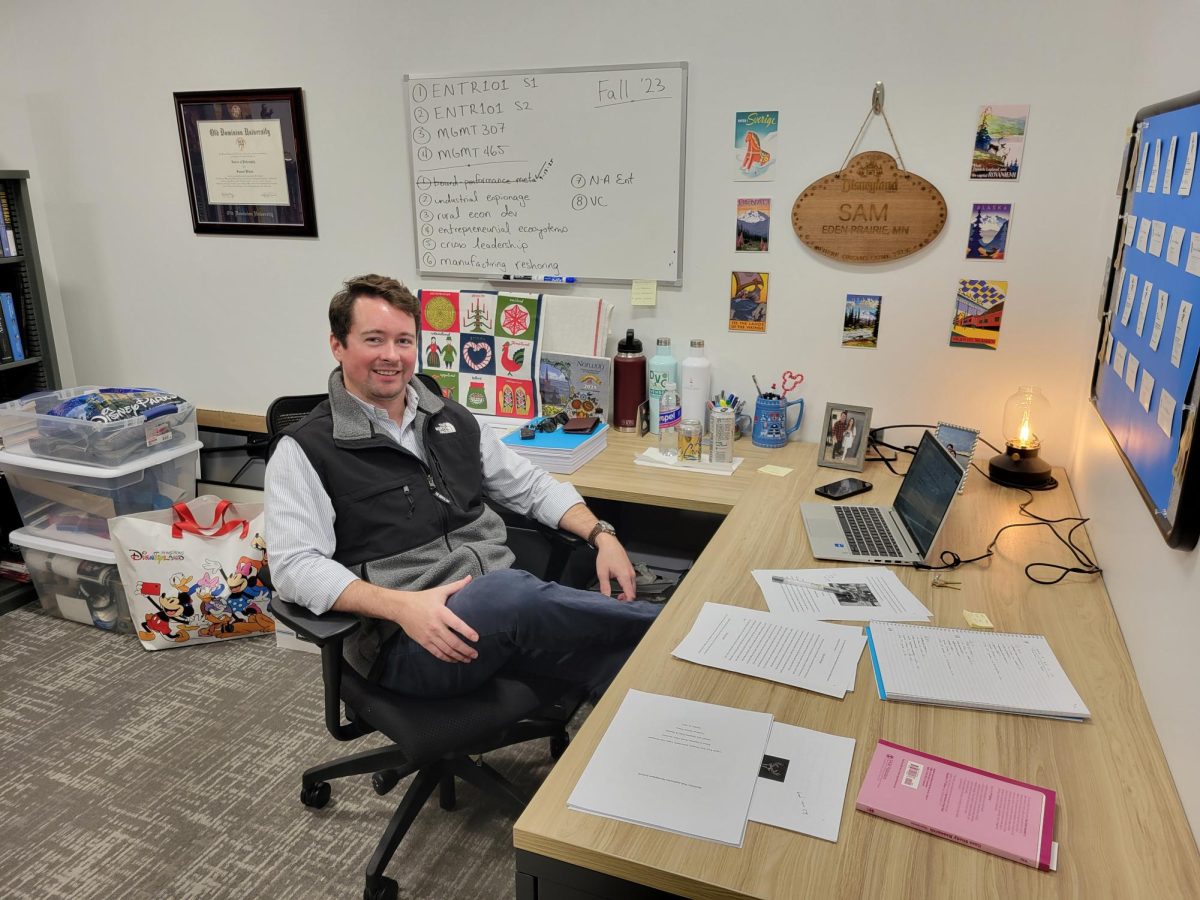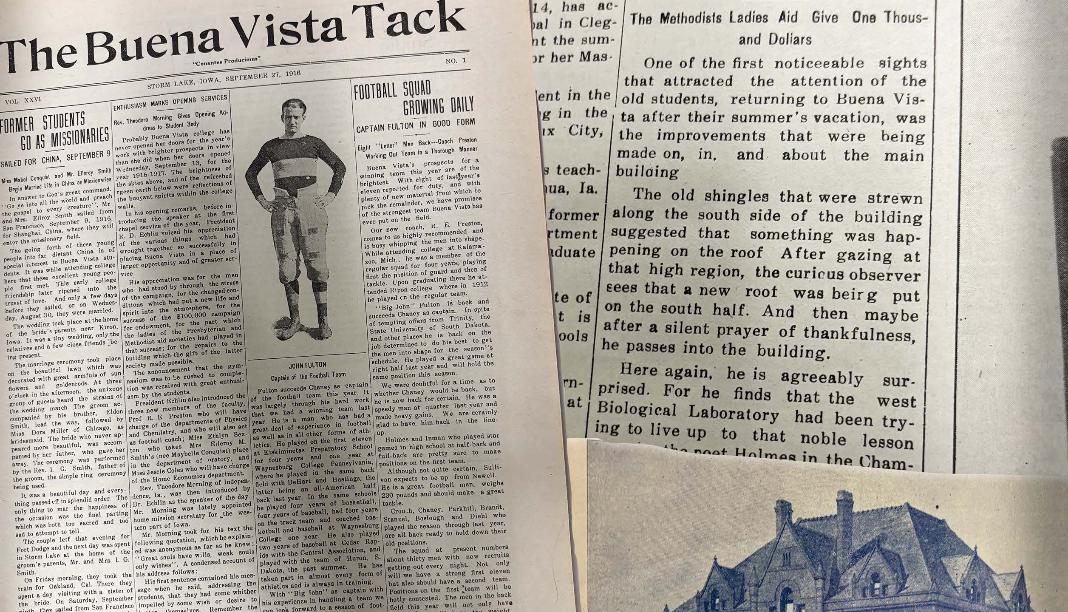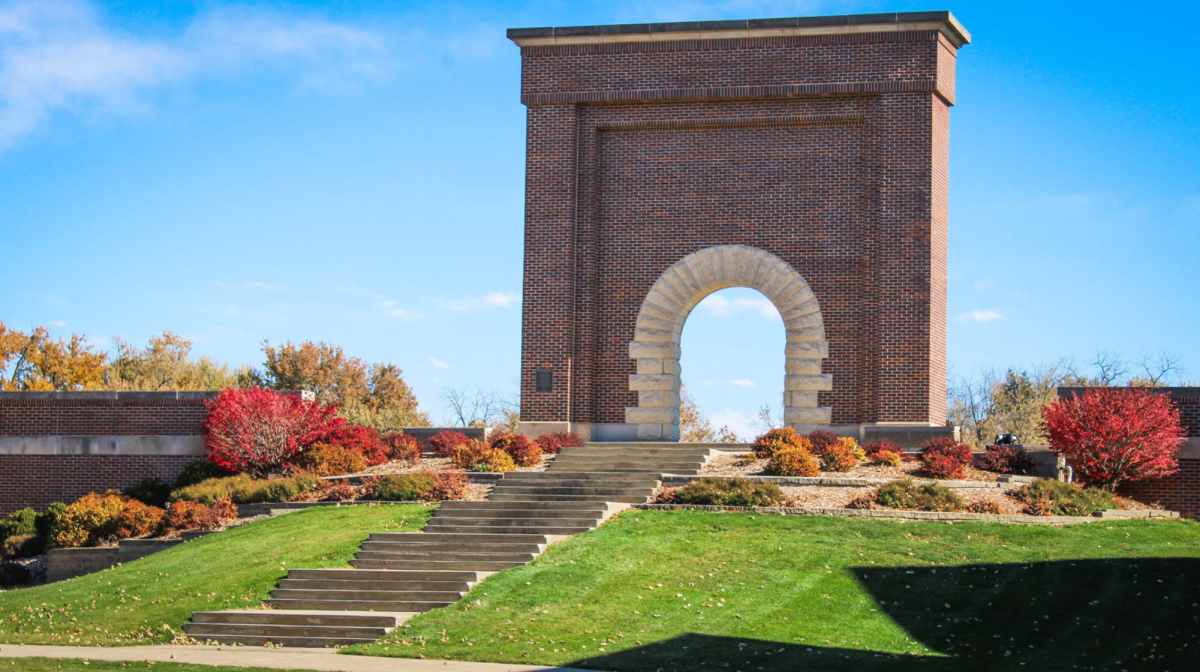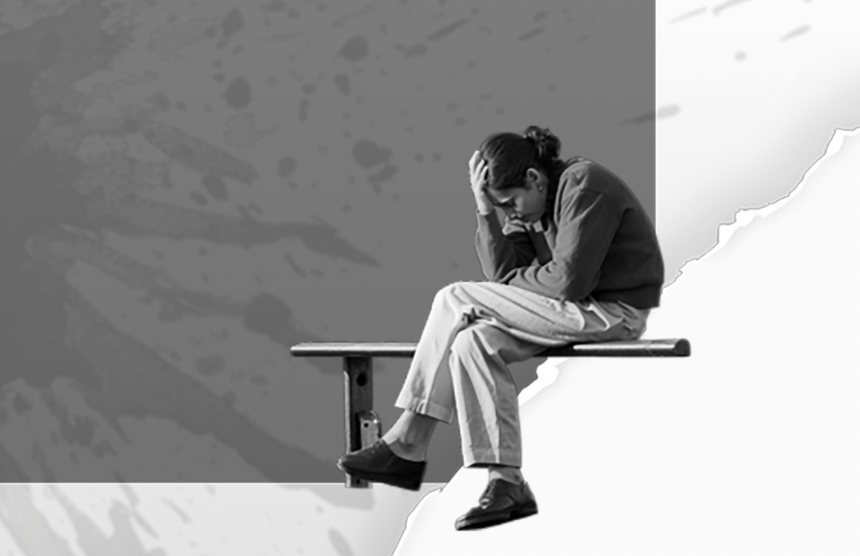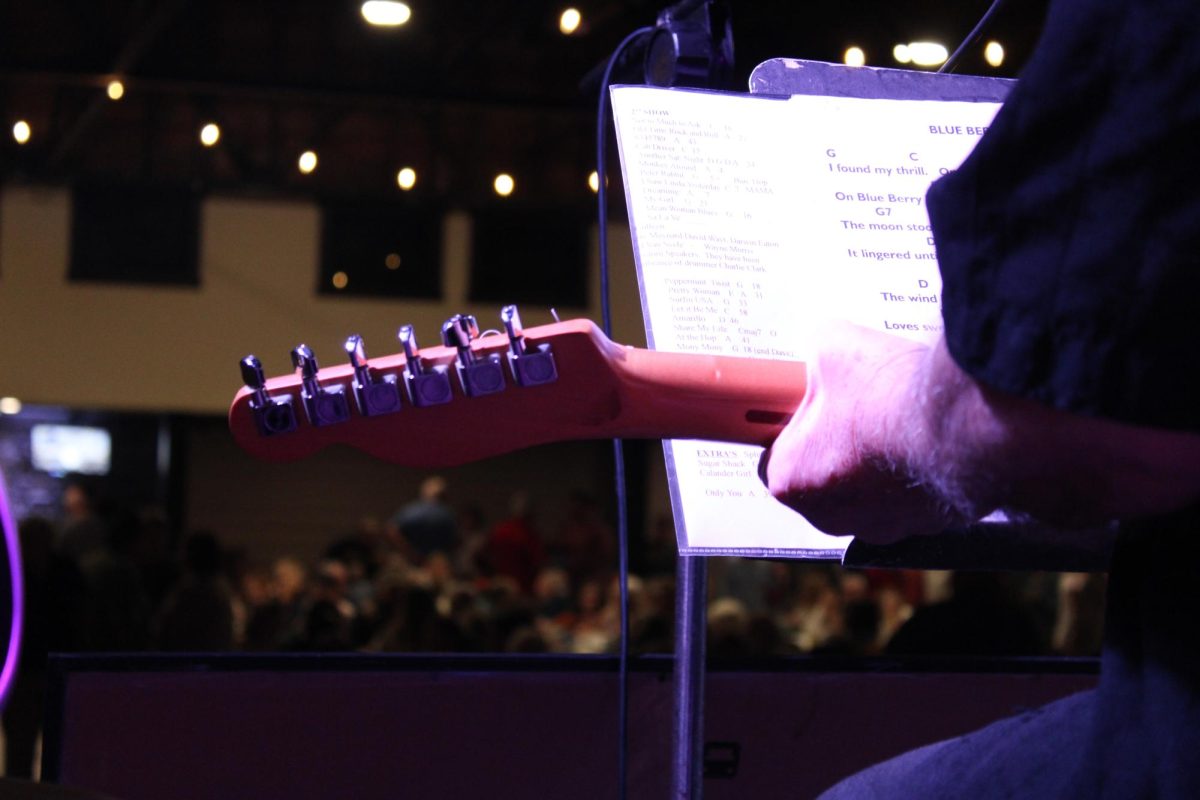The debate over religion in classrooms is far from new. With a new wave of legislation and legal battles unfolding, Iowa has stepped into a decades long national question: How much faith is too much for public schools?
Historical Context
The debate of religion and government is deeply rooted in American history. Before the United States was established, various groups, such as the Puritans and the Pilgrims, sought refuge in America to practice their faith freely. However, some of these groups, like the Puritans, were intolerant of other religious practices, leading to instances where individuals faced penalties for adhering to different faiths.
After the American Revolution, the Founding Fathers recognized the need to protect individual rights, leading to the drafting of the First Amendment. James Madison, often called the ‘Father of the Constitution,’ played a key role in drafting the First Amendment.
Madison, inspired by Thomas Jefferson’s Virginia Statute for Religious Freedom, believed the government should stay neutral on religion, neither promoting it nor restricting it.
The First Amendment lists five freedoms: religion, speech, press, assembly, and petition. Freedom of religion is often called America’s ‘first freedom’ because it is listed first in the Bill of Rights.
The First Amendment protects freedom of religion in two ways: through the Establishment Clause and the Free Exercise Clause. The Establishment Clause prohibits government endorsement of religion, while the Free Exercise Clause protects individuals’ rights to practice their faith.
These clauses form the basis for the ongoing debate about the role of religion in public institutions, including schools.
Iowa’s Involvement
Iowa is now at the center of these familiar yet divisive battles. A notable development is House File 166, introduced in January 2025 as House Study Bill 32. The bill would mandate public schools to display the national motto, “In God We Trust,” and the state motto, “Our liberties we prize and our rights we maintain,” in main entryways.
Additionally, the bill would require two minutes of silent time at the start of each school day. Supporters argue that these measures reflect national values and that “In God We Trust” is United States’ official motto, while critics argue that it violates the Establishment Clause.
Controversy also emerged when the Satanic Temple of Iowa sought to install a holiday display at the state Capitol. Their request was denied, prompting discussions about the boundaries of the First Amendment.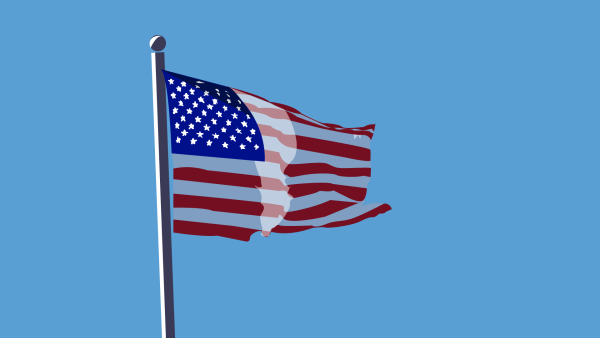
Iowa lawmakers have also introduced Senate File 138 which would allow high schools to offer elective courses on the Hebrew Scriptures and the Old or New Testament. Supporters say the courses provide cultural context; critics say it promotes Christian nationalism.
House File 884 would permit public schools to hire or accept volunteer chaplains—even those without formal licensing—to support students. While proponents see it as a method of further support for students, opponents view it as a method to bring religion into public schools.
While these Iowa bills are recent, the United States Supreme Court has heard numerous cases regarding public schools and religion.
The Supreme Court
In 1962, the U.S. Supreme Court ruled in Engel v. Vitale that school-sponsored prayer violated the Establishment Clause of the First Amendment, even if the prayer was non-denominational and voluntary.
The following year, in Abington School District v. Schempp (1963), the Court struck down mandatory Bible readings and recitations of the Lord’s Prayer in public schools, reinforcing that public institutions could not promote religious exercises.
In Stone v. Graham (1980), the Court invalidated a Kentucky law requiring the Ten Commandments to be posted in classrooms, stating the law lacked a secular legislative purpose. This issue has resurfaced in recent years, with Louisiana becoming the first state to mandate posters of the Ten Commandments in classrooms.
This principle was affirmed in Wallace v. Jaffree (1985), when the Court struck down an Alabama statute authorizing a moment of silence specifically “for meditation or voluntary prayer,” ruling that the law had a religious intent.
However, in Westside Community Schools v. Mergens (1990), the Court upheld students’ rights to form religious clubs in public schools, if the clubs were student-initiated and not sponsored by the school.
In Santa Fe Independent School District v. Doe (2000), the Court ruled that student-led prayers at public school events, such as football games, were unconstitutional when they appeared to carry the school’s endorsement.
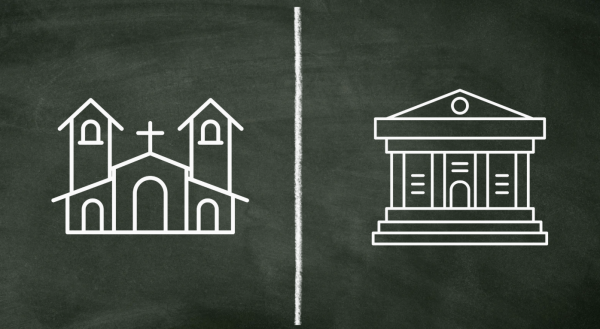 Most recently, in Kennedy v. Bremerton School District (2022), the Court took a more permissive stance, siding with a high school football coach who was disciplined for praying on the field after games. This decision marked a shift toward a more accommodationist view, emphasizing individual religious expression over institutional neutrality.
Most recently, in Kennedy v. Bremerton School District (2022), the Court took a more permissive stance, siding with a high school football coach who was disciplined for praying on the field after games. This decision marked a shift toward a more accommodationist view, emphasizing individual religious expression over institutional neutrality.
The Court held that Kennedy’s private religious expression was protected, marking a notable shift in the Court’s interpretation of religious rights in public schools.
While the Supreme Court has laid the precedents for how religion is treated in public schools, the debate is far from settled. For many students, these policies are more than legal concepts. Students across the state are voicing their thoughts about the role religion should—or shouldn’t—play in their education.
Student Opinions
Students from Storm Lake High School expressed a variety of perspectives on recent legislative measures.
Alan Bermudez, a junior, said, “America is the land of the free. Imposing a religious message undermines that freedom for people with different beliefs.” Bermudez added, “The bill [SF 854 and SF 510] is unjust toward many of my friends. If someone wants a religion class, they can take it in a more appropriate setting.”
Eh Nay Tha Sher, also a junior, shared a nuanced view: “I don’t care much if religious messages are displayed, but I think it’s wrong to make it a requirement.”
“I feel like it [HF 884] could be predatory and dangerous for students,” Sher said. “Chaplains can be very influential figures for youth. Employing someone who identifies as one, without any real license or qualifications, is endangering the children,” she added.
Junior Ariadna Contreras shared concerns about religious influence in schools. “I’m not particularly religious. I’m all for everyone having their beliefs, and I respect them, but I don’t want religion to be continuously forced onto me.”
She continued, “Some students are passionate about religion while others are not. I respect every religion, and everyone has the right to believe in what they want. However, I don’t want to constantly be told why I should believe in something or be involved in religious practices.”
Noemi Bermudez Mendez, a freshman, offered a different take on the display of religious messages in schools. “I don’t think there’d be division. That would be doing too much over a small change, and no one would cause a whole scene,” she said.
However, she acknowledged her own discomfort with religious messages from faiths other than her own. “I wouldn’t feel comfortable because it’s not my religion and it’s not what I follow. I’d be seeing things that aren’t familiar to me and my religion.”
On the proposal to post the Ten Commandments in classrooms, she added, “I would feel weird because there are probably different things that Christians follow than what I follow as a Catholic.”
The Road Forward
As Iowa steps deeper into a national conversation that has spanned centuries, the intersection of faith and education remains as disputed as ever.
For students, these policies are more than political talking points—they shape the environment in which they learn, grow, and form their identities. As lawmakers, courts, and communities weigh the balance between religious freedom and government neutrality, one thing is clear: the conversation is far from over. And in classrooms across the country, the next generation is already shaping what comes next.

